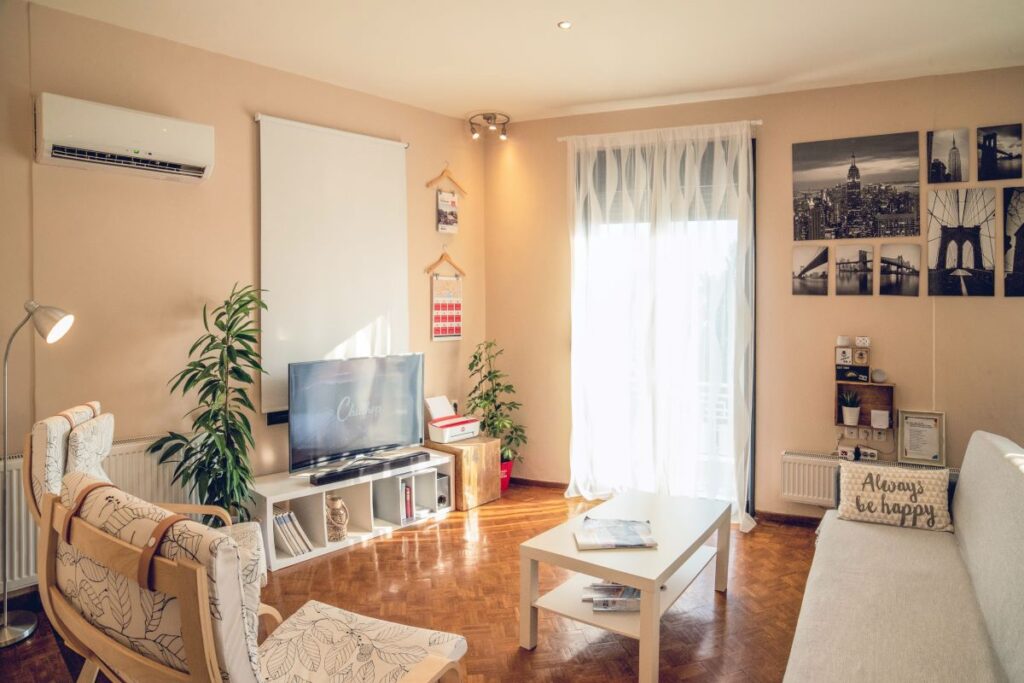You enjoy the cozy light in your room, the fresh food in your refrigerator, the soothing heat from your heater, or the cool breeze of your air conditioner. These are the comforts of our modern lives, yet their power consumption often goes unnoticed. Electricity, an invisible but essential companion, powers our homes and daily lives, but what really guzzles up the most electricity in your household?
Heating and cooling systems are the biggest electricity consumers in most homes. Water heaters, refrigerators, and dryers come next on the list of appliances that consume the most power at home.
How? This article explains how those appliances boost your energy bill, including tips to better manage your home’s electricity use.
Quick Navigation
- Understanding Your Home’s Electricity Use
- Heating and Cooling Systems
- Water Heaters
- Refrigerators and Freezers
- Washer and Dryer
- Lighting
- Electronics and Appliances
- Embracing Renewable Energy Sources for Your Home
- Summing Up: Smarter Energy Decisions for Your Home
Understanding Your Home’s Electricity Use
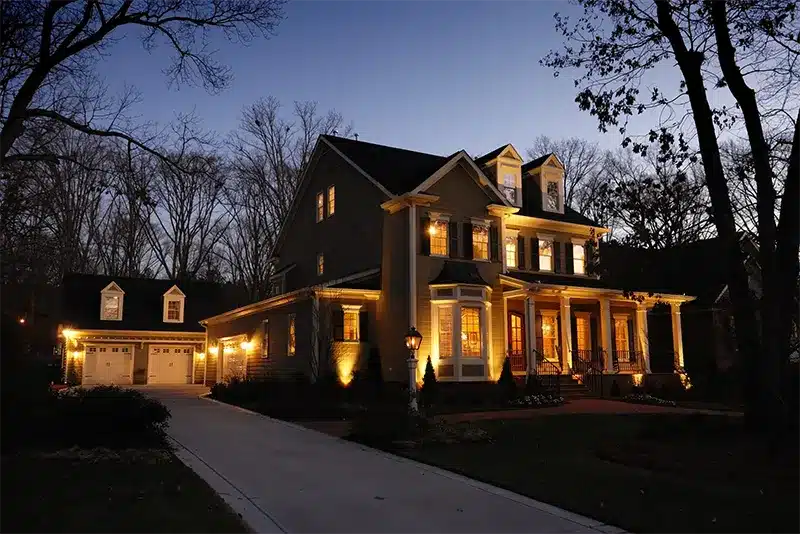
Before we talk about which appliances in your home use the most electricity, we should first learn about how electricity usage works in general.
Understanding what’s driving your total energy use can guide you to make smarter choices about saving energy.
How Electricity Usage is Measured
Energy use is usually measured in kilowatt-hours (kWh). One kWh is equal to 1,000 watts used for an hour. For instance, a 100-watt light bulb running for 10 hours uses 1 kWh of electricity.
Factors Affecting Home Electricity Use
Many factors can impact your home’s energy consumption, such as:
1. Home size and layout: Larger homes consume more energy for heating, cooling, and lighting due to the increased space.
2. Insulation and air sealing: Proper insulation and air sealing help maintain comfortable indoor temperatures, reducing the energy demand on heating and cooling systems.
3. Equipment efficiency: More efficient appliances and systems consume significantly less energy to perform the same tasks, resulting in lower electricity usage.
4. Occupant behavior: Daily habits, such as setting thermostat temperatures, turning off lights, and using appliances, directly impact energy consumption.
Monitoring Your Home’s Electricity Use
To better understand your home’s energy use, you can:
1. Analyze your energy bill: Review your monthly energy bills to track your usage trends and identify patterns or spikes in consumption.
2. Try energy tracking tools: Gadgets such as smart meters, plug-in monitors, and full-home energy trackers can give you up-to-the-minute information about how much electricity your home is using.
3. Conduct a home energy audit: Perform a DIY energy audit or hire a professional to assess your home’s energy efficiency and suggest improvements.
When you know how your home uses electricity and what affects its use, it’s easier to make smart choices for better energy efficiency and a smaller footprint.
Now, let’s look at the appliances and systems that use the most energy in your home.
Heating and Cooling Systems
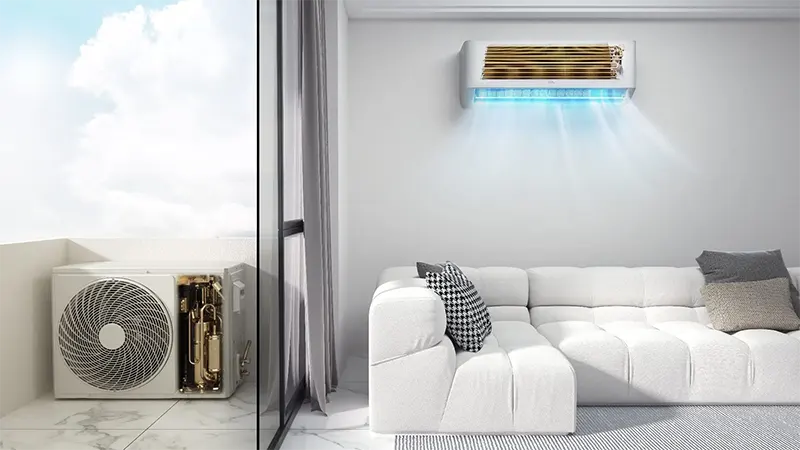
Heating, ventilation, and air conditioning (HVAC) systems usually make up about 40-50% of a home’s energy use.
These systems work hard to maintain comfortable indoor temperatures, regardless of outside weather.
Tips for Efficient Heating and Cooling
1. Ensure proper insulation: Check for drafts and insulate your home to minimize heat loss during winter and heat gain during summer.
2. Use a smart thermostat to change the temperature when you’re away or sleeping automatically.
3. Maintain your HVAC system: Regularly clean and replace filters, and schedule an annual maintenance check with a professional.
4. Choose energy-saving systems: When getting a new system or upgrading an old one, pick a model with a high Seasonal Energy Efficiency Ratio (SEER) for better efficiency.
Water Heaters
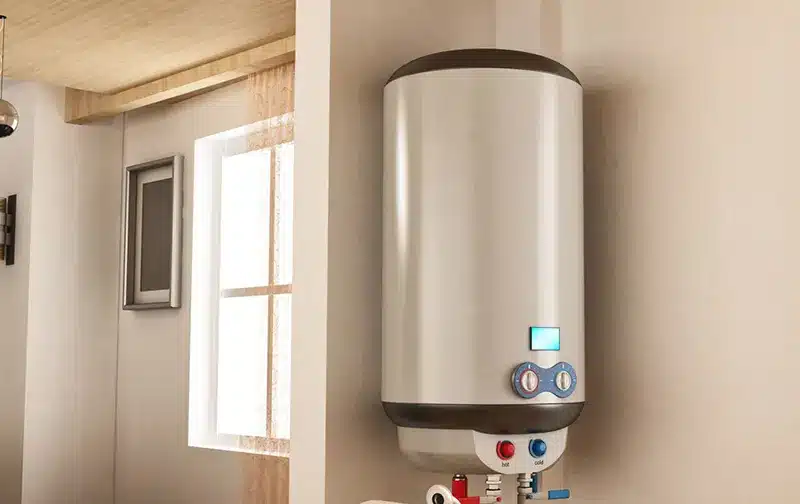
Water heaters are another significant energy consumer, accounting for around 14-18% of your home’s electricity usage.
These appliances heat water for bathing, washing dishes, and doing laundry.
Tips for Reducing Water Heater Energy Consumption
1. Lower the thermostat setting: Set the temperature between 120 °F (ca. 49 °C) and 125 °F (ca. 52 °C) to save energy and avoid scalding.
2. Insulate your water heater: Adding insulation to your water heating appliances can reduce heat loss by up to 45%.
3. Use less hot water: Take shorter showers, wash clothes in cold water, and fix any leaks to conserve hot water.
4. Upgrade to an energy-efficient model: Consider purchasing a high-efficiency water heater or a heat pump water heater for increased energy savings.
Refrigerators and Freezers
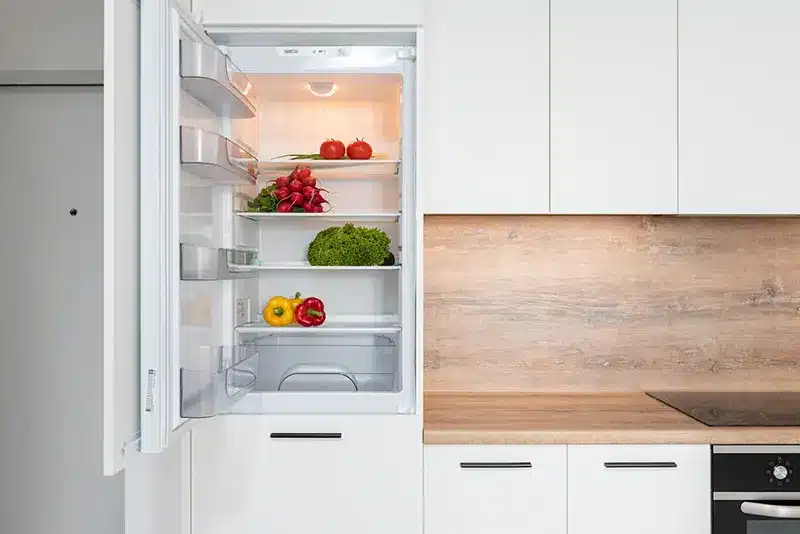
Refrigerators and freezers account for about 8-15% of a home’s electricity use. These household appliances run 24/7, so optimizing their energy consumption is crucial.
Tips for Efficient Refrigerator and Freezer Usage
1. Maintain proper temperature settings: Set your refrigerator between 35 °F (1.67 °C) and 38 °F (3.33 °C) and your freezer at 0 °F (ca. -18 °C).
2. Keep them clean and well-maintained: Regularly clean the coils, check door seals, and defrost as needed.
3. Avoid overstocking or under stocking: Both scenarios can decrease efficiency; aim for a balanced load.
4. Upgrade to an Energy Star model: Consider replacing older models with an Energy Star-certified refrigerator or freezer for better energy efficiency.
Washer and Dryer
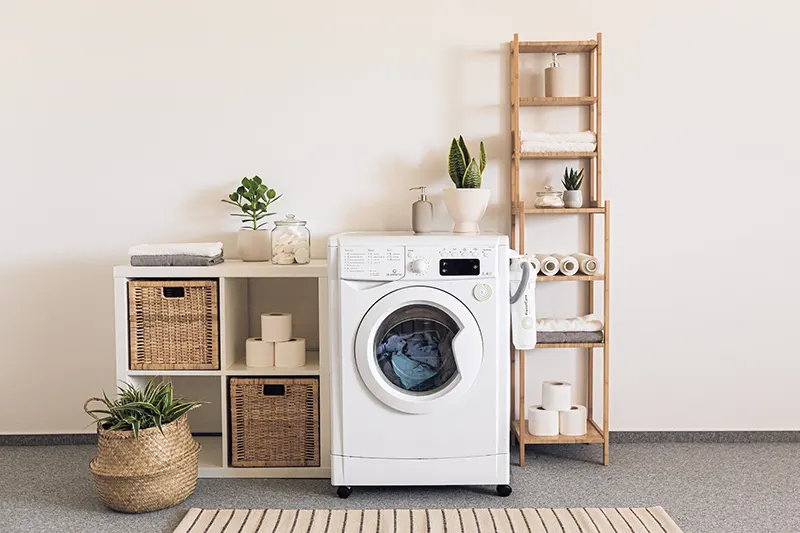
Clothes washer and dryer are responsible for roughly 4-6% of a home’s energy consumption. However, there are ways to minimize energy usage without sacrificing laundry quality.
Tips for Efficient Dryer Usage
1. Clean the lint filter regularly: A clean lint filter improves airflow, reduces drying time, and saves energy.
2. Dry full loads: Maximize each drying cycle by filling the dryer efficiently, but avoid overloading, which can strain the motor and increase drying time.
3. Use sensor-based drying cycles: Choose models with moisture sensors that automatically end the cycle when the clothes are dry, avoiding energy waste.
4. Air dry when possible: Save energy by hanging clothes to dry outdoors or on indoor drying racks.
Lighting

Lighting accounts for 4-9% of a home’s energy consumption. Changing your lights can be an easy and affordable way to use less energy.
Tips for Efficient Lighting
1. Start using energy-saving bulbs: Swap old-school light bulbs with energy-saving LED or CFL ones.
2. Utilize natural light: Make the most of natural sunlight by opening curtains and blinds during the day.
3. Turn off lights when not in use: Instill the habit of turning off lights in unoccupied rooms.
4. Use smart lighting: Employ smart light bulbs and motion sensors to automate and optimize your home’s lighting, saving energy in the process.
Electronics and Appliances

In the modern home, electronics, and appliances contribute to a significant portion of energy usage. The energy demand can quickly increase from televisions to computers to kitchen appliances.
Tips for Efficient Electronics and Appliances Usage
1. Unplug devices when not in use: Many electronics still consume power in standby mode. Unplug them or use power strips with a switch to cut off electricity.
2. Use energy-saving modes: Enable power-saving features on your devices, such as sleep mode or energy-efficient settings.
3. Choose Energy Star-certified products: Opt for energy-efficient appliances and electronics to reduce energy consumption.
4. Regular maintenance: Clean and maintain appliances properly to ensure optimal performance and a longer lifespan.
Embracing Renewable Energy Sources for Your Home
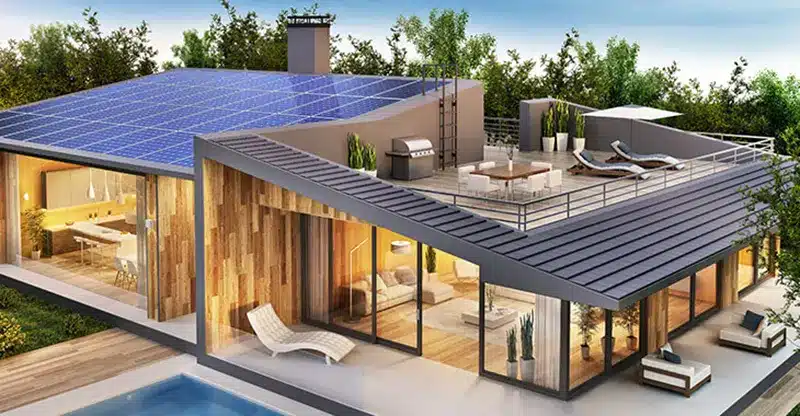
Alongside optimizing your home’s energy consumption, incorporating renewable energy sources can help further reduce your environmental footprint and reliance on fossil fuels.
By looking into renewable energy choices, you can better manage your energy use and benefit from eco-friendly sources.
Solar Power
Solar power is a favorite among homeowners when it comes to renewable energy. Putting up solar panels on your house or land lets you create your own electricity using sunlight.
Wind Power
Wind power is another renewable energy option that homeowners can explore, especially those with larger properties in windy locations. You can put up small wind turbines on your land to produce electricity from wind power.
Geothermal Energy
Geothermal energy is another eco-friendly choice that can heat and cool your house. Using the earth’s steady temperature, geothermal systems offer efficient heating and cooling options that help lower your energy use.
Summing Up: Smarter Energy Decisions for Your Home
A comprehensive understanding of how much electricity you consume at home is vital for making smarter energy decisions that lead to cost savings and a greener lifestyle.
Once you figure out which parts of your home, like heating, cooling, lighting, and appliances, use the most energy, you can start using the advice in this article.
Making small changes to how you use energy and looking into green energy options can help lower your home’s energy use, save you money, and be better for the environment.
Embrace this knowledge to make a positive impact on both your household and the environment.

